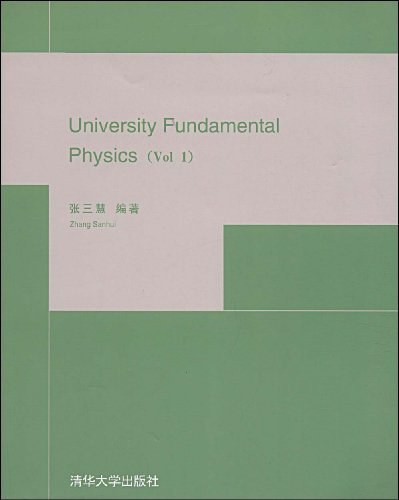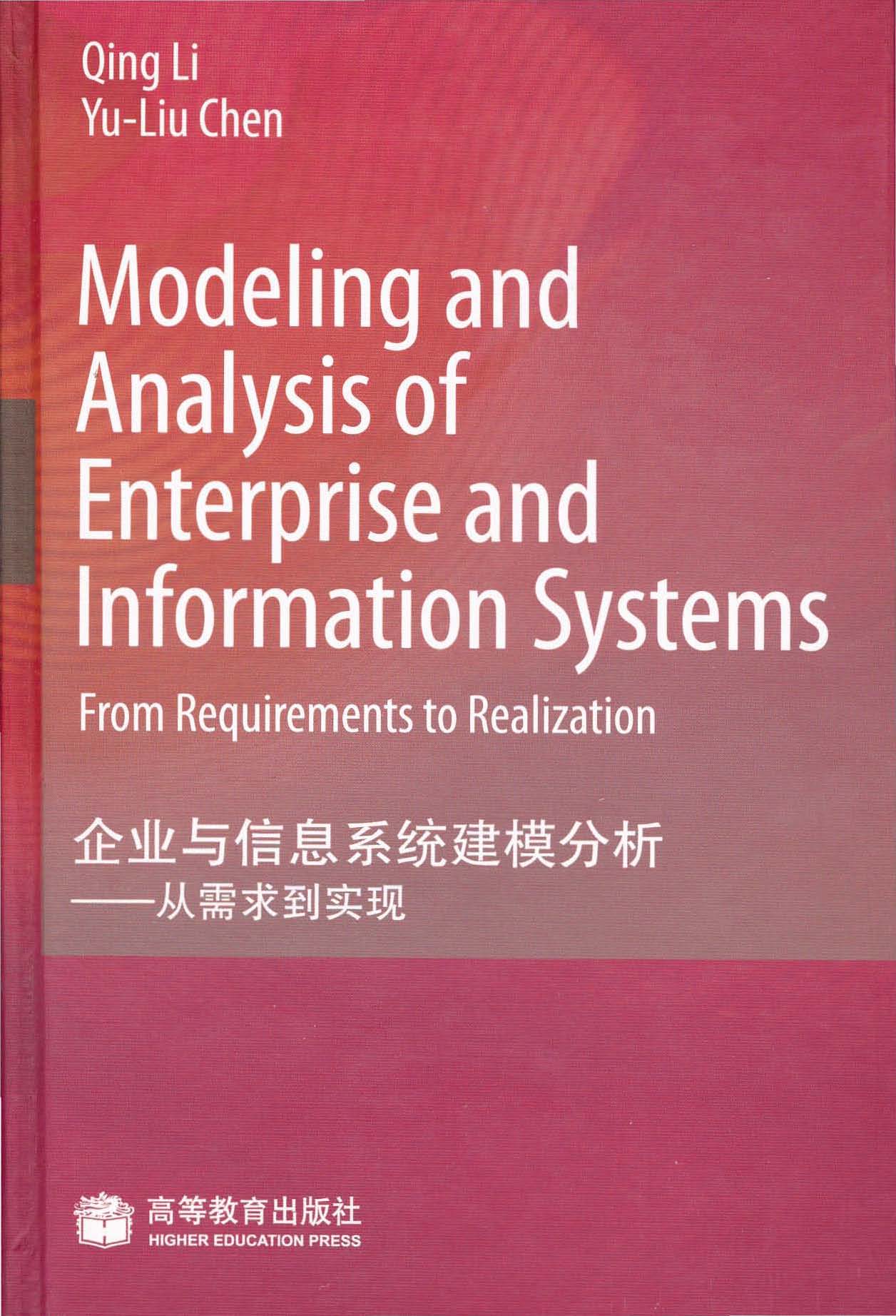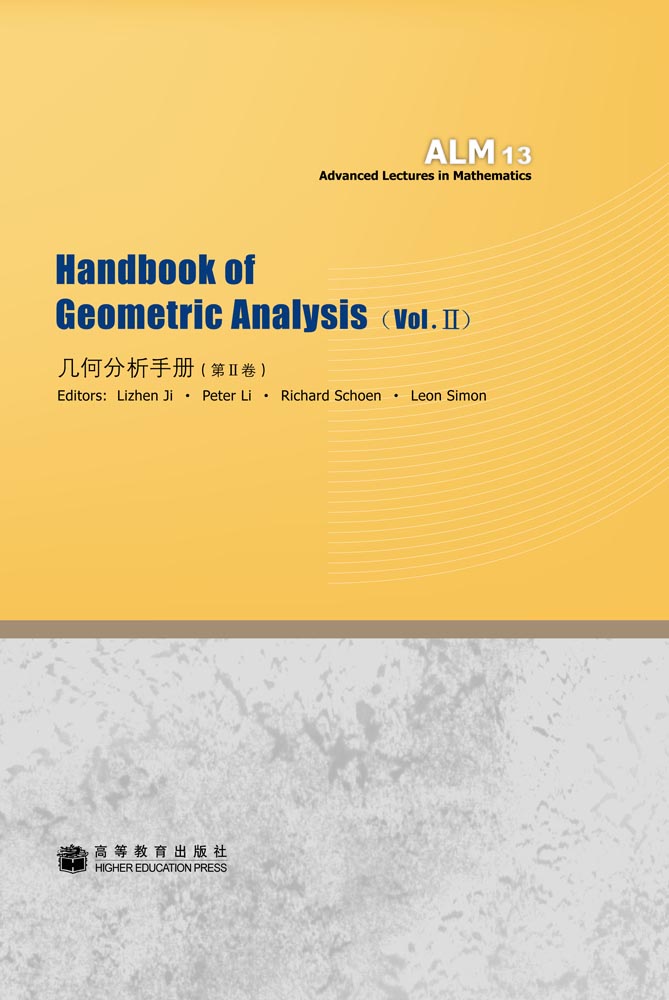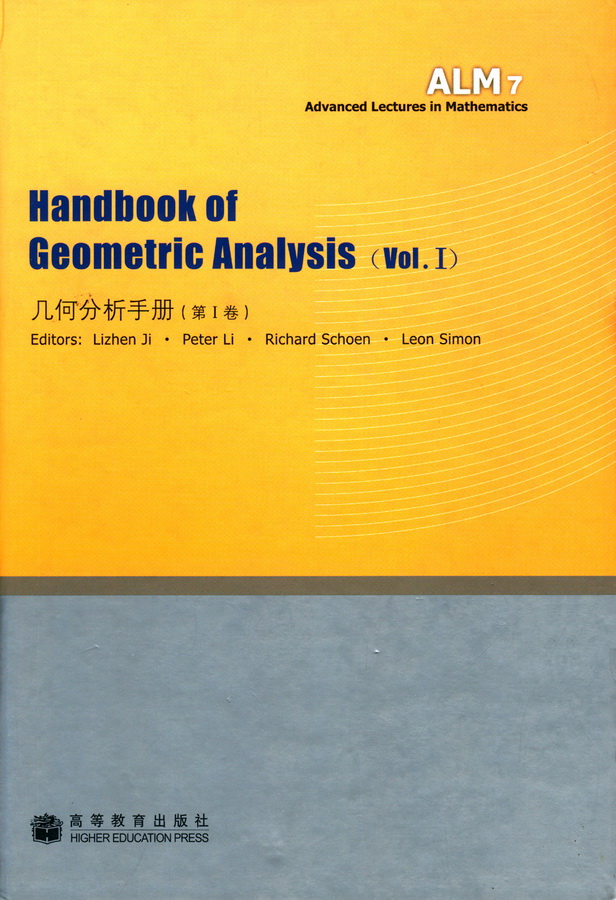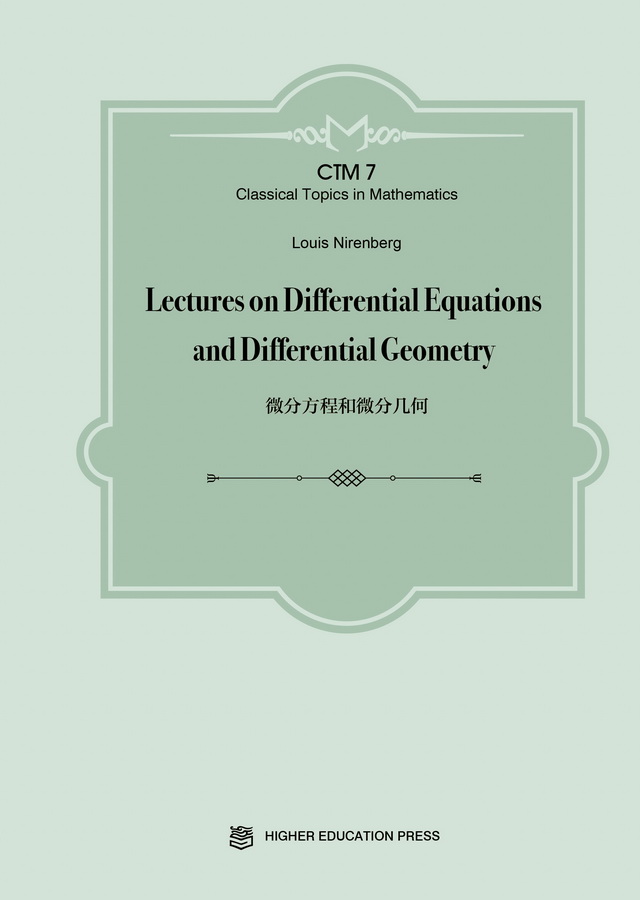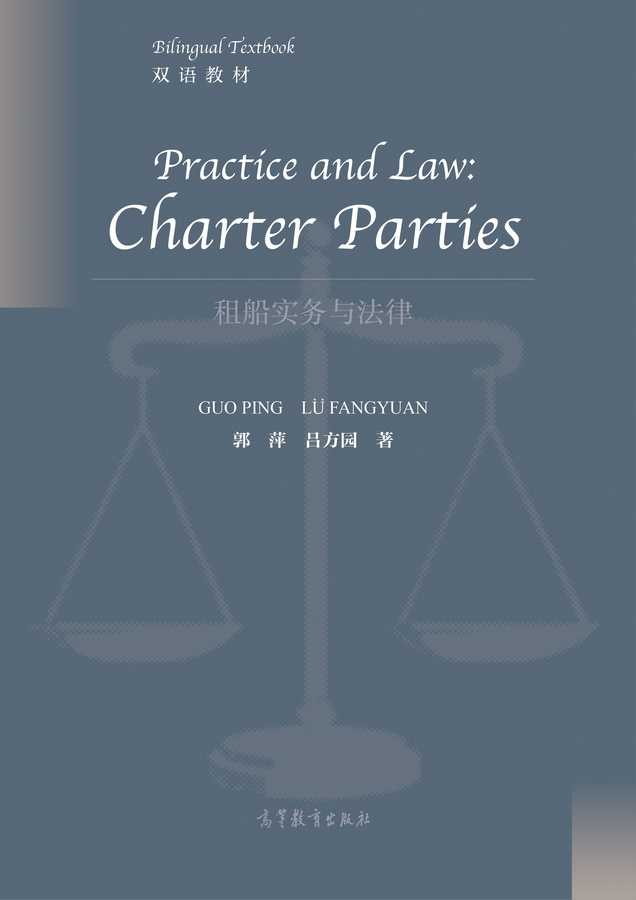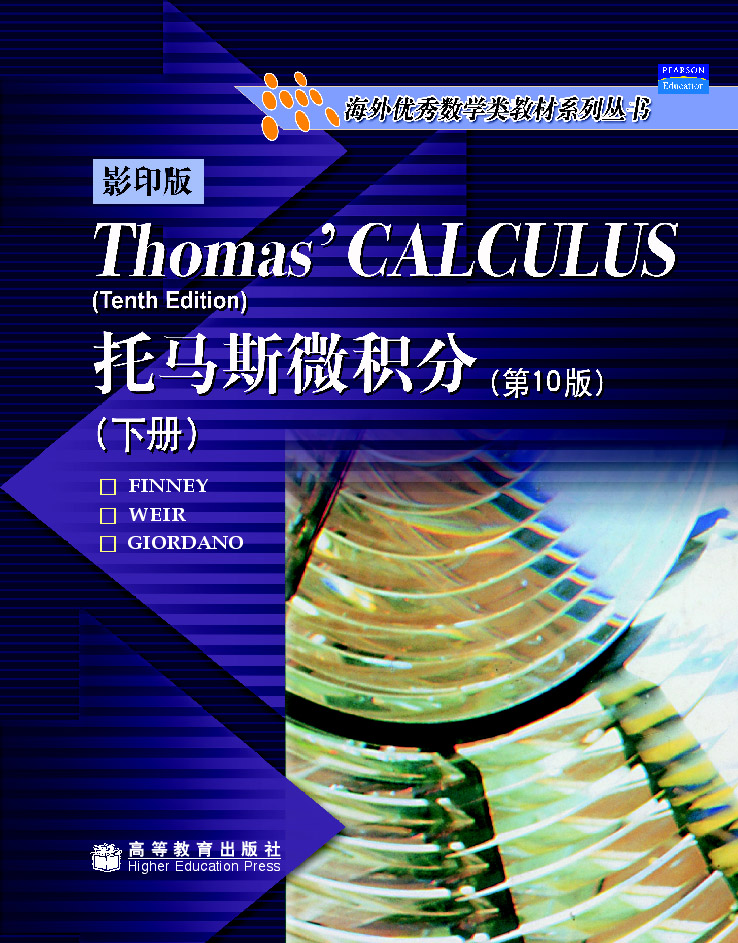群与格引论:有限群与正定有理格(英文版)
作者: Robert L.Griess Jr.
出版时间:2010-06
出版社:高等教育出版社
- 高等教育出版社
- 9787040292053
- 1版
- 227519
- 48266036-2
- 精装
- 16开
- 2010-06
- 370
- 264
- 理学
- 数学类
- O153.1;O152.1
- 代数
- 研究生及以上
The launch of this Advanced Lectures in Mathematics series is aimed at keeping mathematicians informed of the latest developments in mathematics, as well as to aid in the learning of new mathematical topics by students all over the world.
Each volume consists of either an expository monograph or a collection of signifi- cant introductions to important topics. This series emphasizes the history and sources of motivation for the topics under discussion, and also gives an overview of the current status of research in each particular field. These volumes are the first source to which people will turn in order to learn new subjects and to dis- cover the latest results of many cutting-edge fields in mathematics.
1 Introduction
1.1 Outline of the book
1.2 Suggestions for further reading
1.3 Notations, background, conventions
2 Bilinear Forms, Quadratic Forms and Their Isometry Groups
2.1 Standard results on quadratic forms and reflections, I
2.1.1 Principal ideal domains (PIDs)
2.2 Linear algebra
2.2.1 Interpretation of nonsingularity
2.2.2 Extension of scalars
2.2.3 Cyclicity of the values of a rational bilinear form
2.2.4 Gram matrix
2.3 Discriminant group
2.4 Relations between a lattice and sublattices
2.5 Involutions on quadratic spaces
2.6 Standard results on quadratic forms and reflections, II
2.6.1 Involutions on lattices
2.7 Scaled isometries: norm doublers and triplers
3 General Results on Finite Groups and Invariant Lattices
3.1 Discreteness of rational lattices
3.2 Finiteness of the isometry group
3.3 Construction of a G-invariant bilinear form
3.4 Semidirect products and wreath products
3.5 Orthogonal decomposition of lattices
4 Root Lattices of Types A, D, E
4.1 Background from Lie theory
4.2 Root lattices, their duals and their isometry groups
4.2.1 Definition of the An lattices
4.2.2 Definition of the Dn lattices
4.2.3 Definition of the En lattices
4.2.4 Analysis of the An root lattices
4.2.5 Analysis of the Dn root lattices
4.2.6 More on the isometry groups of type Dn
4.2.7 Analysis of the En root lattices
5 Hermite and Minkowski Functions
5.1 Small ranks and small determinants
5.1.1 Table for the Minkowski and Hermite functions
5.1.2 Classifications of small rank, small determinant lattices
5.2 Uniqueness of the lattices E6;E7 and E8
5.3 More small ranks and small determinants
6 Constructions of Lattices by Use of Codes
6.1 Definitions and basic results
6.1.1 A construction of the E8-lattice with the binary [8; 4; 4] code
6.1.2 A construction of the E8-lattice with the ternary [4; 2; 3] code
6.2 The proofs
6.2.1 About power sets, boolean sums and quadratic forms
6.2.2 Uniqueness of the binary [8; 4; 4] code
6.2.3 Reed-Muller codes
6.2.4 Uniqueness of the tetracode
6.2.5 The automorphism group of the tetracode
6.2.6 Another characterization of [8; 4; 4]2
6.2.7 Uniqueness of the E8-lattice implies uniqueness of the binary [8; 4; 4] code
6.3 Codes over F7 and a (mod 7)-construction of E8
6.3.1 The A6-lattice
7 Group Theory and Representations
7.1 Finite groups
7.2 Extraspecial p-groups
7.2.1 Extraspecial groups and central products
7.2.2 A normal form in an extraspecial group
7.2.3 A classification of extraspecial groups
7.2.4 An application to automorphism groups of extraspecial groups
7.3 Group representations
7.3.1 Representations of extraspecial p-groups
7.3.2 Construction of the BRW groups
7.3.3 Tensor products
7.4 Representation of the BRW group G
7.4.1 BRW groups as group extensions
8 Overview of the Barnes-Wall Lattices
8.1 Some properties of the series
8.2 Commutator density
8.2.1 Equivalence of 2/4-, 3/4-generation and commutator density for Dih8
8.2.2 Extraspecial groups and commutator density
9 Construction and Properties of the Barnes-Wall Lattices
9.1 The Barnes-Wall series and their minimal vectors
9.2 Uniqueness for the BW lattices
9.3 Properties of the BRW groups
9.4 Applications to coding theory
9.5 More about minimum vectors
10 Even unimodular lattices in small dimensions
10.1 Classifications of even unimodular lattices
10.2 Constructions of some Niemeier lattices
10.2.1 Construction of a Leech lattice
10.3 Basic theory of the Golay code
10.3.1 Characterization of certain Reed-Muller codes
10.3.2 About the Golay code
10.3.3 The octad Triangle and dodecads
10.3.4 A uniqueness theorem for the Golay code
10.4 Minimal vectors in the Leech lattice
10.5 First proof of uniqueness of the Leech lattice
10.6 Initial results about the Leech lattice
10.6.1 An automorphism which moves the standard frame
10.7 Turyn-style construction of a Leech lattice
10.8 Equivariant unimodularizations of even lattices
11 Pieces of Eight
11.1 Leech trios and overlattices
11.2 The order of the group O(Λ)
11.3 The simplicity of M24
11.4 Sublattices of Leech and subgroups of the isometry group
11.5 Involutions on the Leech lattice
References
Index
Appendix A The Finite Simple Groups
Appendix B Reprints of Selected Articles
B.1 Pieces of Eight: Semiselfdual Lattices and a New Foundation for the Theory of Conway and Mathieu Groups
B.2 Pieces of 2d: Existence and Uniqueness for Barnes-Wall and Ypsilanti Lattices
B.3 Involutions on the Barnes-Wall Lattices and Their Fixed Point Sublattices, I
ADVANCED LECTURES IN MATHEMATICS


